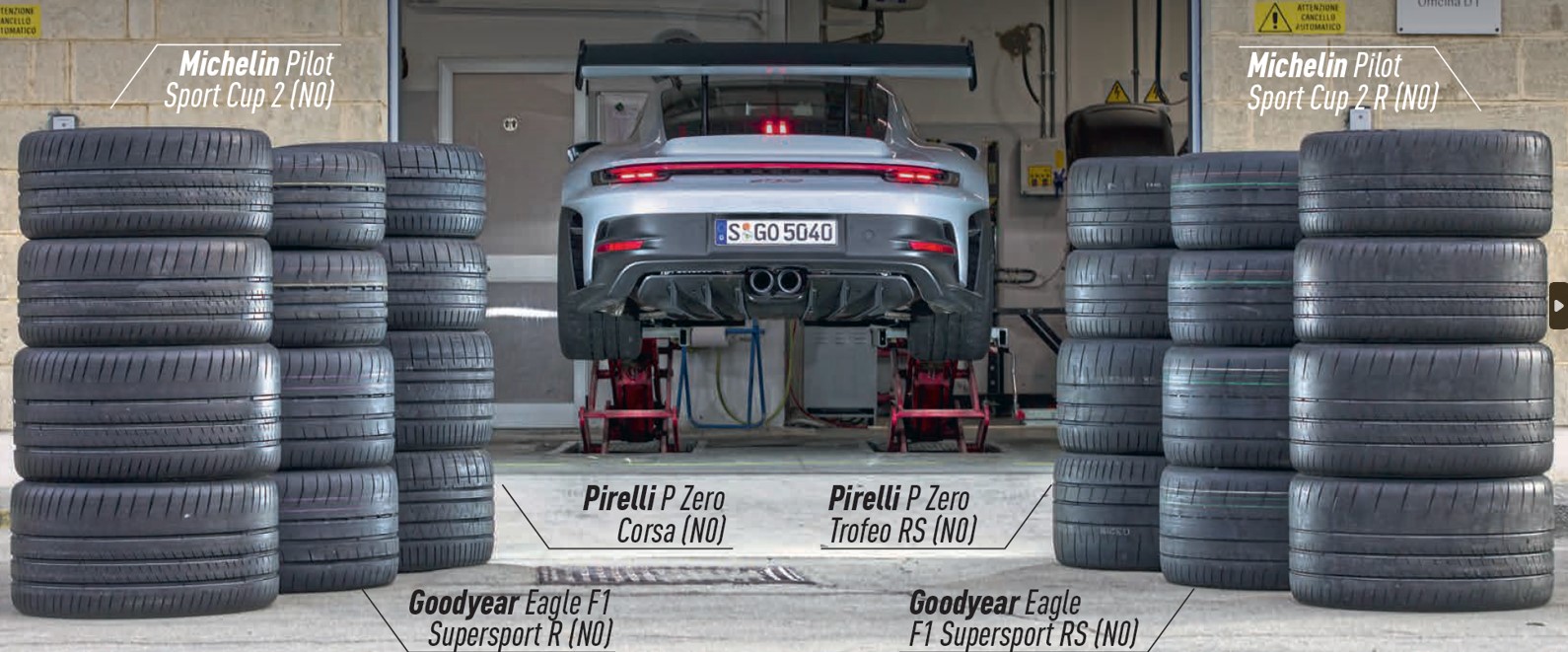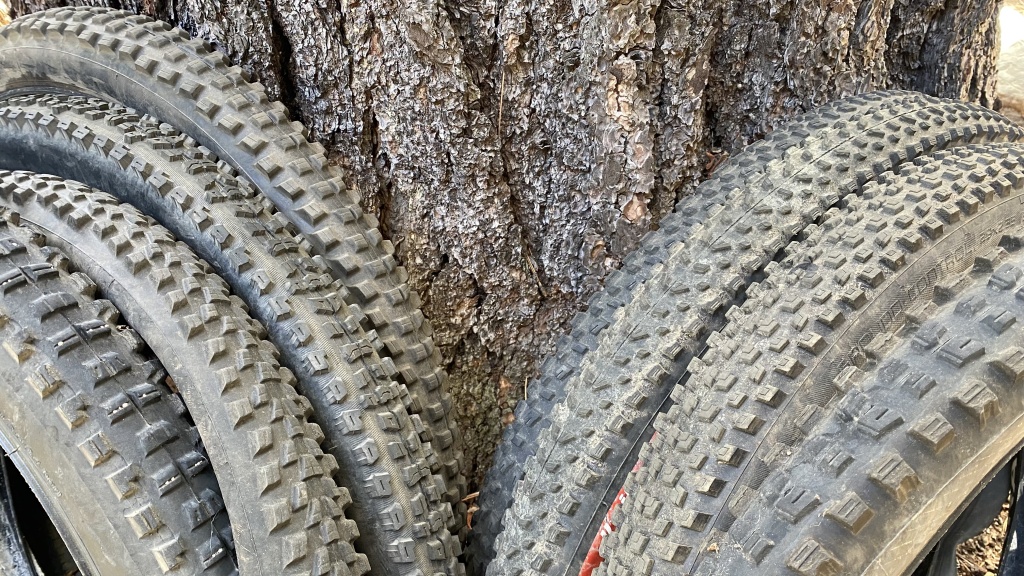All Categories
Featured
Table of Contents
The Michelin supplied a comfy driving experience, qualified by responsive steering and a progressive understeer balance. Regardless of the cooler screening conditions, Michelin's regular time and grasp over three laps indicates its suitability for real-world applications. On the other hand, Yokohama's efficiency was distinctive. While its super-quick guiding resulted in a fast front axle turn, the back showed a propensity to turn more.
One more significant aspect was Yokohama's workout time. The tyre's first lap was a second slower than the 2nd, indicating a temperature-related grasp increase. This suggests the Yokohama may radiate in completely dry, race-like conditions. For day-to-day usage, the Michelin may be a much safer wager. Successor was the Hankook.
Tyre Replacement ( Wanneroo)
It shared Michelin's risk-free understeer equilibrium however did not have the latter's desire to turn. Continental and Goodyear's efficiencies were noteworthy, with Continental's new PremiumContact 7 revealing a considerable improvement in wet problems compared to its predecessor, the PC6. This model was far much less conscious pack changes and behaved just like the Michelin, albeit with slightly much less communication at the limit.
It integrated the risk-free understeer equilibrium of the Michelin and Continental with some sporty handling, showing both predictable and fast. As an all-rounder for this Golf GTI, Goodyear's Asymmetric array was the standout, showing excellent efficiency in the wet. Ultimately, the Bridgestone Potenza Sporting activity took the crown as the fastest tire, albeit by a small margin.
This tyre got grippier as it heated up, similar to the Yokohama. Chauffeurs seeking an interesting damp drive may locate this tire worth taking into consideration. The standout entertainer in wet stopping was the most recent tire on test, the PremiumContact 7, though the outcomes are nuanced. We carried out damp stopping tests in 3 different ways, twice at the new state and once at the worn state.
Leading Long-lasting Tyres
Preferably, we desired the cool temperature examination to be at around 5-7C, yet logistical delays indicated we tested with an average air temperature level of 8C and water at 12C. While this was cooler than standard test conditions, it was still warmer than real-world conditions. The cozy temperature test was done at approximately 18C air and 19C water.
The third run involved damp braking examinations on used tyres, specifically those machined to 2mm with a little altercation. While we meant to do even more with these worn tyres, weather restraints restricted our screening. It's worth keeping in mind that wet braking is most crucial at the used state, as tires normally improve in completely dry conditions as they wear.

Bridgestone, Goodyear, and Michelin saw the least performance decrease when worn. The Hankook tyre signed up the tiniest performance decline as temperatures cooled down, yet it was amongst the most influenced when worn.
Affordable Vehicle Alignment – Wanneroo
The take-home message here is that no single tyre mastered all aspects of wet stopping, showing an intricate interaction of aspects influencing tyre performance under various conditions. There was a standout tyre in aquaplaning, the Continental completed top in both straight and bent aquaplaning, with the Michelin and Goodyear likewise great in deeper water.

Yokohama could take advantage of slightly more hold, a concern potentially influenced by the colder conditions. When it comes to dealing with, all tyres performed within a 2% array on the lap, showing their top quality efficiency (Tyre servicing). However, considering these tyres basically target the same customer, it's interesting to observe the significant differences in feel.
The surprise is since the PremiumContact 6 was among my favourites for flashy completely dry drives, however its successor, the PremiumContact 7, seems more mature and looks like Michelin's performance. Among these, Hankook was the least exact in steering and interaction at the limit. Budget car tyres. Both Michelin and Continental supplied beautiful first steering, albeit not the fastest
If I were to recommend a tyre for a rapid lap to a novice, say my papa, it would certainly be one of these. We have the 'enjoyable' tires, namely Yokohama and Bridgestone. Both were speedy to steer and felt sportier than the others, yet the compromise is a much more lively rear end, making them a lot more difficult to manage.
Tyres – Wanneroo
It provided similar guiding to Bridgestone however offered much better responses at the limitation and much better grasp. The Bridgestone Potenza Sport, however, appeared to weaken fairly promptly after simply 3 laps on this requiring circuit. There's Goodyear, which placed itself somewhere in between the enjoyable tires and those having a tendency towards understeer.
In conclusion, these tires are exceptional performers. For road usage, I 'd lean in the direction of either the Michelin or Goodyear, depending on your certain choices. In terms of tire wear, the technique used in this examination is what the market describes as the 'gold requirement' of wear. The wear specialists at Dekra performed this test, which involved a convoy of cars going across a thoroughly prepared route for 12,000 kilometres.
Both the Bridgestone and Yokohama tires significantly underperformed in contrast to the other 4 tires in regards to rolling resistance, with Continental a little exceeding the rest. Relating to the comfort degree of the tires, as expected, the majority of demonstrated an inverse relationship with handling. The Continental, Michelin, and Goodyear tires done ideal throughout various surface area types examined.

Bridgestone started to show signs of suppleness, while Yokohama was particularly disconcerting over potholes. We did determine interior noise degrees; nevertheless, as is frequently the situation, the results were closely matched, and because of weather constraints, we were not able to perform a subjective assessment of the tires noise. Lastly, we checked out abrasion figures, which measure the amount of tyre step lost per kilometre, normalised to a one-tonne automobile.
High-performance Tyres
This number stands for the amount of rubber dirt your tyres generate while driving. Michelin led in this category, producing over 9% much less rubber particulate matter.
Latest Posts
Tyre Installation (Middle Swan)
Affordable Long-lasting Tyres – Caversham 6055 WA
Wheel Balancing Services – Swan